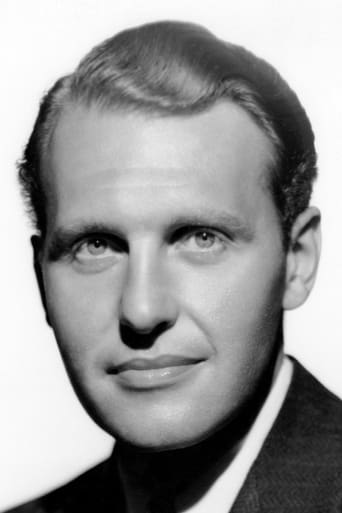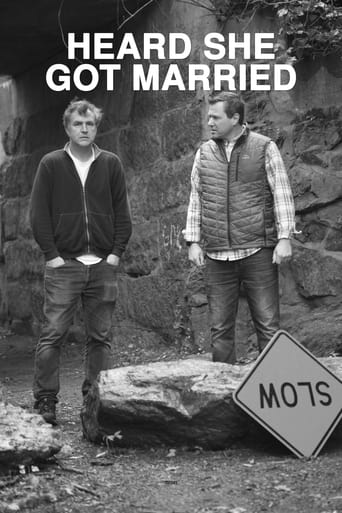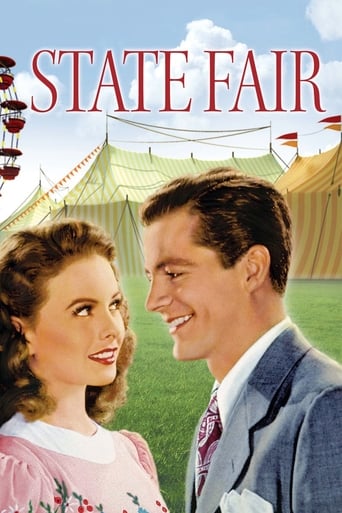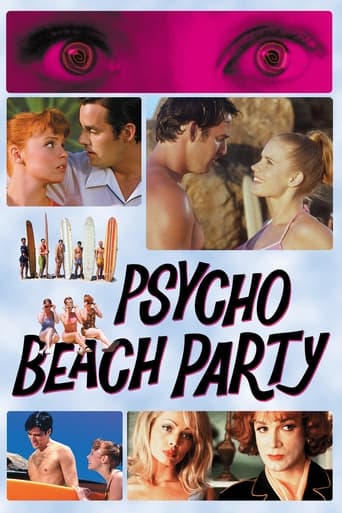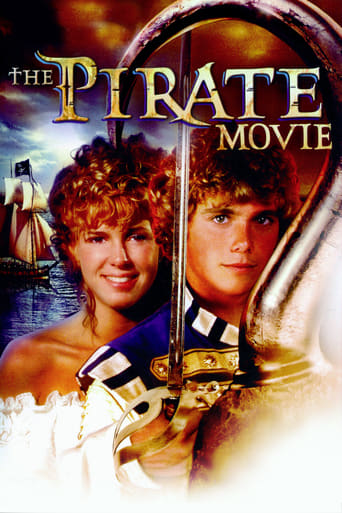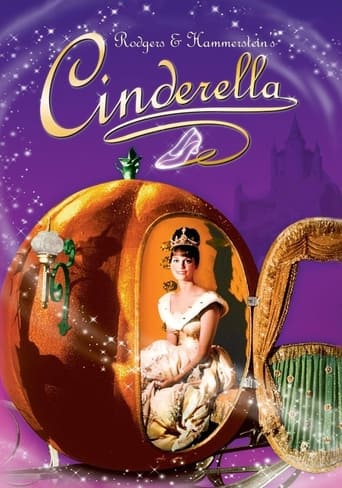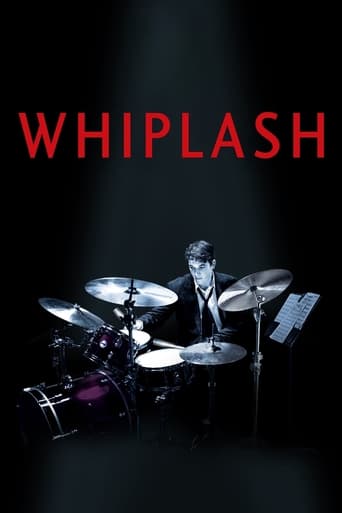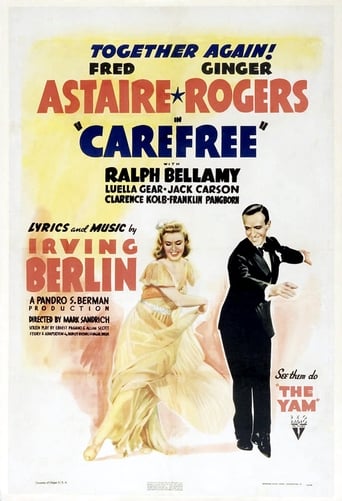
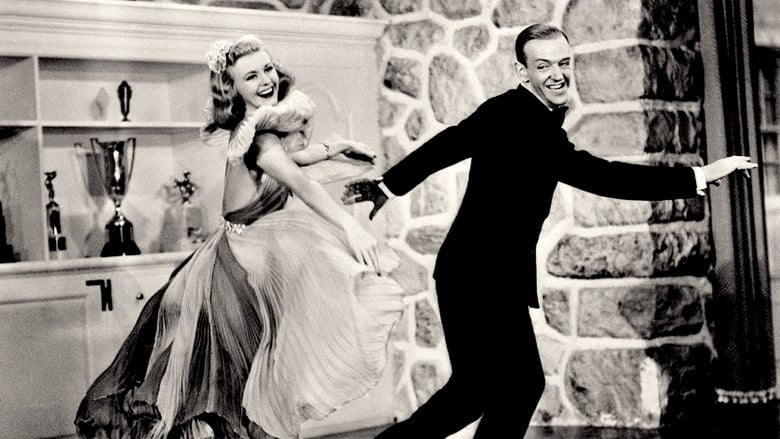
Carefree (1938)
Dr. Tony Flagg's friend Steven has problems in the relationship with his fiancée Amanda, so he persuades her to visit Tony. After some minor misunderstandings, she falls in love with him. When he tries to use hypnosis to strengthen her feelings for Steven, things get complicated.
Watch Trailer
Cast


Similar titles
Reviews
. . . created the Mom and Pop scheme for American Franchise Chains so that he could become a Billionaire (along the lines of current White House Resident Rump), giving him the freedom to "sample the goods" (or, in Rump's terminology, "Grab their pies," though the actual Presidential lingo uses a different P-word besides "pies" that common average normal people are not allowed to use in public) in order to swipe a more suitable "Trophy Wife" from one of his franchisee Pops while dumping the original spouse who Brung him to the Dance of Big Money (again inspiring Rump), CAREFREE does for Psychiatry what Kroc and Rump have done for billionaires. When you're a shrink, you can use your Tools of the Trade (hypnotism, the Power of Subliminal Suggestion, etc.) to have the patient of your choice Shrunkwrapped to go (bow and all)--even if she's your best friend's girl. Fred Astaire's treatment of Ginger Rogers in CAREFREE is enough to make Bill Cosby look like a courtly gentleman in comparison. Fred and Ginger fans will need a dialog-free alternate audio track to really enjoy CAREFREE.
Psychiatrist Fred Astaire is asked by friend Ralph Bellamy to speak with Bellamy's fiancée Ginger Rogers. Ginger seems to have cold feet about their wedding and Ralph wants Fred to somehow help her overcome her issues and marry him. Things get out of control thanks to drugs, dreams, and hypnosis. Ginger falls for Fred but Fred thinks it isn't real so he hypnotizes her into thinking she loves Ralph. Then Fred realizes he loves her and it's screwball comedy greatness from then on.An atypical Fred & Ginger movie but one of my favorites. More comedy than musical but it's very light and fun. Ginger is adorable and hilarious here. Love her repeated "ha ha ha" bit. You have to hear her delivery to get it. Fred's good as usual, though his character is the worst psychiatrist ever. While the hypnotism stuff is way out there, it does lead to a wonderful dance number at the end where the duo move like Ginger is under a trance. There are no real classics in the musical numbers but they're all pleasant and enjoyable. "The Yam" is lots of fun and probably the highlight. The supporting cast is terrific. Stage actress Luella Gear shines as Ginger's friend. Her first scene with Jack Carson is a hoot. Another movie where Ralph Bellamy doesn't get the girl. Poor guy. It's a great movie but it might not appeal to all Fred & Ginger fans for the fact that it's light on musical numbers (there's only four). Try to keep an open mind and give it a shot.
As with most movie franchises, the later Astaire-Rogers vehicles are repeated attempts to keep the formula fresh without losing the original magic. With its altered settings and characterisations, and an emphasis on comedy over music, Carefree was the biggest departure of the series thus far.This was the first of these pictures in which the duo do not play the part of dancers, Fred being a psychiatrist and Ginger his patient. Psychoanalysis was then vogue-ish, and the idea of the female patient falling for the doctor was already something of a cliché. And yes, it is Ginger this time who goes chasing after a hard-to-get Fred. It shows a marked shift from the usual harassment-cum-romance which usually stood in for a love angle in these movies, something which was particularly odious and unnatural in the first proper Ginger and Fred movie, The Gay Divorcée. Having said that, the final image of Ginger going up the aisle with a black eye is rather sickening even though its context is more innocent than it appears.Both Astaire and Rogers adapt competently to their new types and these are some very fine performances from them both. Astaire shows his finest dramatic nuances to date, and Rogers brings out a flair for comedy. The opportunities for dancing are sadly fewer here, but choreographer Hermes Pan has eschewed the increasing spectacle of the last few movies for numbers that are more intimate yet still inventive. Fred's golf routine is simply delightful, and the dream sequence for "I Used to Be Color Blind" is the one touch of classic Fred and Ginger beauty, with an elegant slow-motion segment that works surprisingly well. It's a pity the number wasn't shot in Technicolor as was originally intended – that would have made it even more special.The very look of Carefree is different – gone are the Big White Sets and in their place are offices, studios and even the open countryside. This was the last Fred and Ginger movie handled by their most frequent director, Mark Sandrich. Sandrich's forte in these pictures was the smoothness with which he segued dialogue scenes into musical numbers, but the way the songs fit into the narrative here there's hardly any call for that. I am however very impressed with the tenderness he brings to the hypnosis scene.Carefree was a decent attempt to reinvigorate a series that had more or less run its course. It's not a bad little movie on its own terms, but its just doesn't feel quite like a Fred and Ginger movie should. For example, the lack of any Edward Everett Horton or Eric Blore is glaring. There is a small part by a young (and surprisingly slim) Jack Carson, who is rather funny and seems slightly more in tune with this setting, but the point is, Fred Astaire was always magnificently in tune with Horton and Blore. It demonstrates perhaps, more than anything, that top hats, tails, swanky hotels and butlers were now outdated in the musical (as they certainly were in romantic comedy as a whole). Carefree is kind of a noble effort of a transition movie, but it isn't really anything more than that, and it doesn't represent any kind of mould that Fred or Ginger could now settle into.
By the time of this release, 1938, the studio was having trouble finding fresh stories for the dancing duo. They'd just tried putting Fred and Ginger into swabby uniforms in "Follow the Fleet." Here, Fred is back in his tux and Ginger in her ballroom gowns. The usual plot is reversed. Instead of his pursuing her, we have Fred as the initially disinterested psychiatrist and Ginger as the patient who experiences major transference. She pursues him until the end, when he begins to pursue her. The chief agent of confusion is hypnosis. It's all pretty silly. Of course the original plots were silly too but they were obviously meant to be throwaways, just excuses for the two to dance. In this case, it's a little embarrassing because one feels some effort went into constructing a semi-serious plot that turned, unwittingly, into the usual nonsense.Nevertheless, the Irving Berlin songs are easy to listen to and the lyrics are sometimes clever. Fred is his usual affable self. Ginger Rogers is a peach in short shorts riding a bicycle. And there's certainly nothing wrong with the dancing. "The Yam" was one of those attempts to create a fictional new dance craze that was almost obligatory by now, following the Carioca and the Piccolino and whatnot. At any rate, the two of them seem to be having genuine fun during the up-tempo Yam. The last number, "Change Partners", is simple but exquisitely done.If there's a problem with the film it's that there aren't in fact many musical numbers. That's okay in something like Fred's later "The Bandwagon" that has a reasonably good story line going for it, but it hurts this film.It would be tempting to zip through the mindless plot and just watch the dances, set against Van Nest Polglase's blindingly blanched, Art Deco sets. Even the telephones are white. I always thought Polglase was an Italian with a funny first name but recently learned he was Welsh and had a drinking problem. Well, some of us do.




